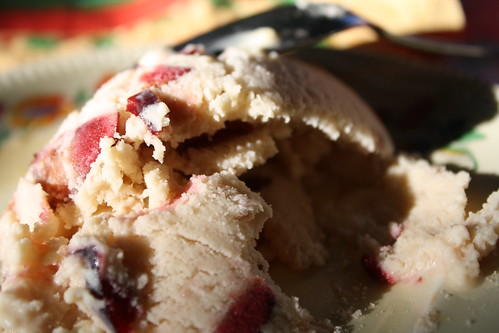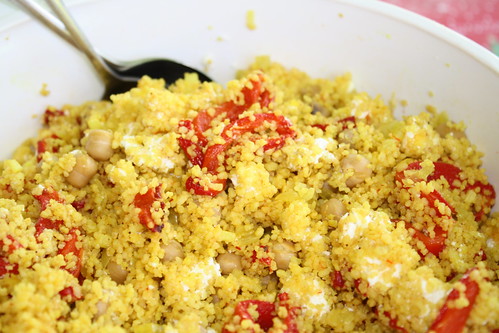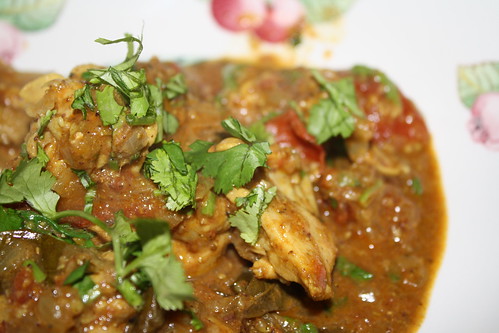 If you’re in a part of Australia which is currently sweltering (so, pretty much anywhere in Australia, judging by the amount of red on the weather map this morning …) the last thing you’re thinking about is eating, let alone cooking.
If you’re in a part of Australia which is currently sweltering (so, pretty much anywhere in Australia, judging by the amount of red on the weather map this morning …) the last thing you’re thinking about is eating, let alone cooking.
But if you are inclined to head to the kitchen, let me suggest this recipe for cherry ice cream. Cherries are in season here in South Australia and, with the run up to Christmas looking warm, I was after something low heat to make for dessert for Christmas day. I had a look around for cherry ice cream recipes and discovered a few that used the same technique but weren’t based on a custard. In fact, the most complicated thing I was going to have to do was melt some sugar in some cream. On a hot day, even I can manage that. In the end I went with a recipe from Just One Cookbook, because I thought the finished product looked prettier.
Begin by ensuring your ice cream maker is ready to go. If you have one with a built in compressor then lucky you, otherwise make sure your churning bowl has been in the freezer for the right amount of time.
Begin by melting 1 cup of pure cream (for some reason about 99% of cream sold in Australia has thickener in it, avoid that stuff and look for ones marked ‘pure cream’ and even then, double check the list of ingredients!) with 150g caster sugar, a pinch of salt and the seeds and pod of half a vanilla bean. When the sugar has fully dissolved, remove from the heat and add 1 tsp of vanilla extract, another cup of cream and a cup of full cream milk.
Allow the mixture to cool completely. Especially if it’s a hot day, do this in the fridge, although bear in mind that if you are using really good cream, you’ll end up with a cream “crust” which will need to be whisked back into the mixture before churning.
Pit and quarter cherries so that you end up with 2 cups. I don’t have a cherry pitter but if you have really good fresh cherries, this isn’t hard work at all. If it’s not summer where you are, or fresh cherries aren’t available, use very well drained tinned cherries.
Churn in your ice cream maker, following its directions. When the ice cream is almost done, add the cherries and churn again. Don’t freak out when you add the cherries: the mixture is likely to become a lot looser than it was, but it’s not spoiled – you just need to keep on churning.
Once it has all thickened back up, put into a container, seal and put into the freezer overnight. Remove for at least half an hour before serving.
While this ice cream was insanely easy to make and both tasted and looked really good, I wasn’t a huge fan of the texture. Melting the sugar meant it wasn’t gritty but the high fat content, and the sheer volume, of the cream meant it was very grainy which didn’t really work for me. A custard based ice cream (such as the excellent coffee ice cream I made a while back) contains less fat and is much silkier to eat. However, if you’re still getting into your custard groove, or you have cream to use up, or you’re just feeling a bit lazy, this recipe works a treat.


